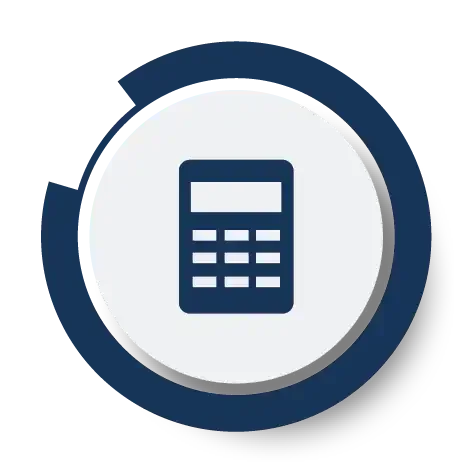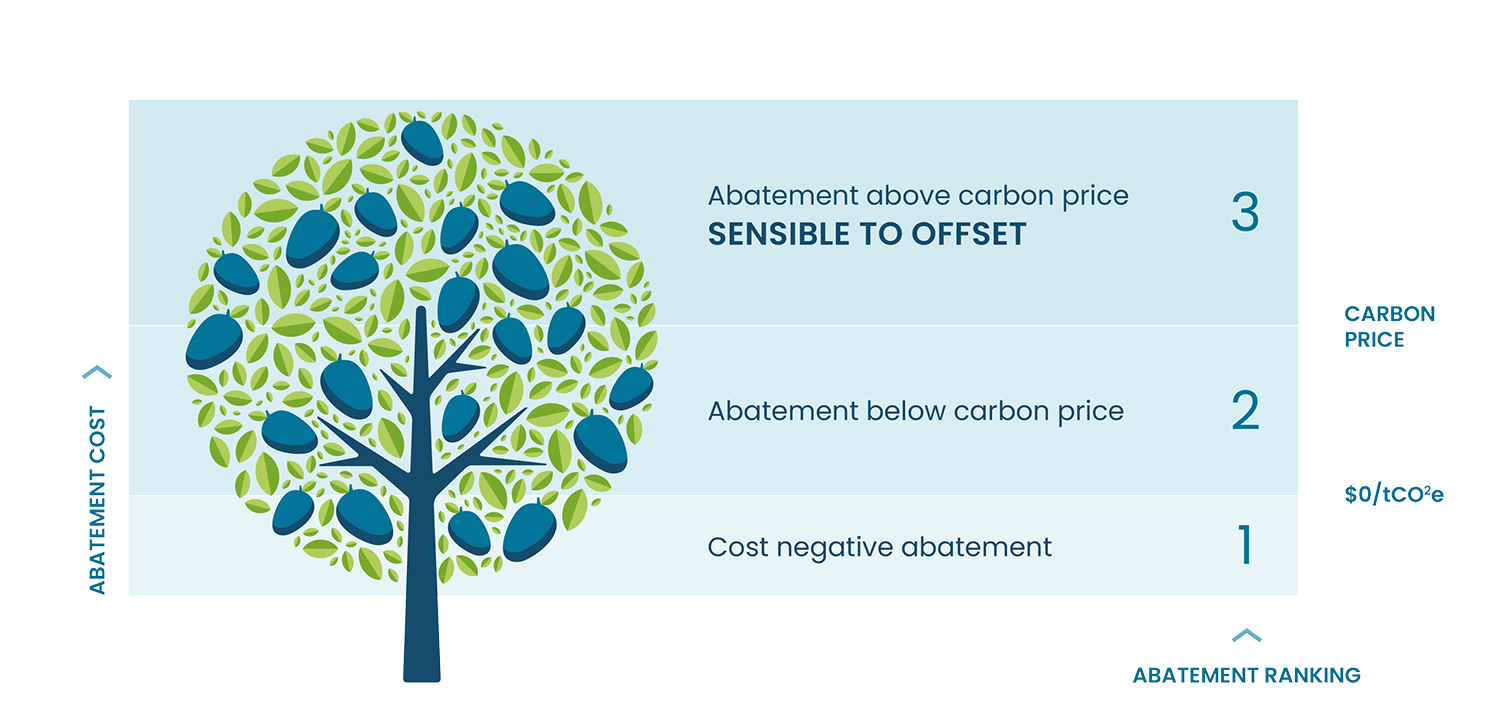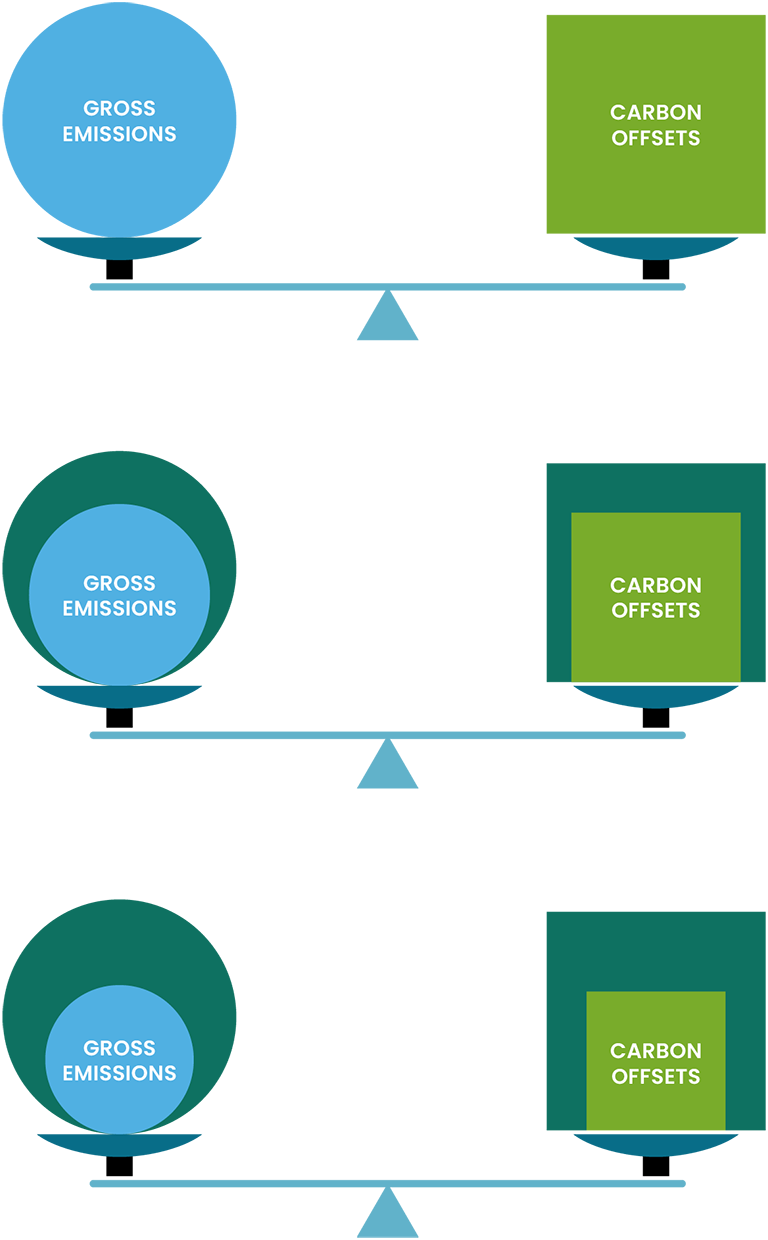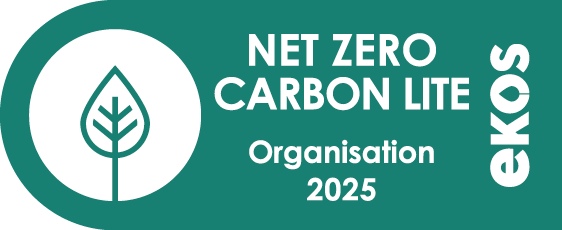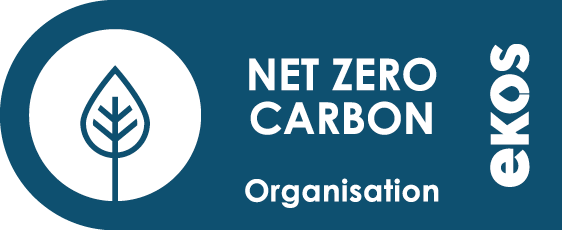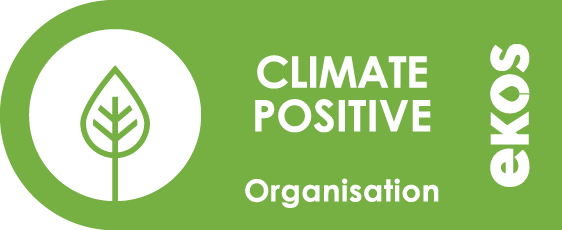
BUSINESS SOLUTIONS
Carbon Management
For organisations, products, events, and lifestyles
How It Works
Measure
Identify low, medium, and high fruit on your 'emissions reduction tree'
Reduce
Smart reduction plans from measurement insights
Responsibility
Internalise the external cost of your residual emissions
Certify
Third-party certification options to suit your aspirations
You can’t
manage what
you don’t
measure
Step 1: Measuring Carbon Emissions
Our expert analysts will help you set your organisational boundary, determine the emissions activities to include in accordance with ISO 14064-1 (2018), GHG protocol and the Ekos Standards, as well as help you collect your data to build a robust carbon emissions inventory. Our sophisticated GHG calculation tool Dcarbon will apply the most relevant emissions factors and produce an Emissions Inventory Report (EIR) that meets the requirements of the ISO standard and other world best practices.
All Ekos measurements are subject to quality reviews. External reviews and third-party verifications are required for organisations that meet the requirement as per the Ekos Standard.
Step 2: Carbon Reduction Plan
A carbon emissions inventory will enable you to identify the low, medium, and high fruit on your 'abatement tree'.
Step 3: Taking Responsibility for Residual Emissions
Even with the greatest emission reduction effort and investment it is typically impossible to get to zero emissions through in-house abatement.
Deliver emission reductions throughout your operation and supply chain.
Option 1
Go beyond emission reductions, take responsibility for residual emissions through properly pricing them, and balancing it.
Option 2
Step 4: Certify Your Carbon-Related Claim
UNDERSTAND YOUR EMISSIONS PROFILE
The first step towards understanding your impact on the environment is to establish your baseline emissions. Ekos helps you calculate your tCO2e footprint, providing you with a detailed report of your emissions across different activities, highlighting the hotspots and providing strategies for effective reductions. Making positive contributions for taking responsibility for your residual emissions is optional for carbon conscious certified organisations.
MEASURE AND OFFSET 100% OF YOUR EMISSIONS (Small Business Option)
Only available to small businesses, enter your data online and submit for Ekos review and at the end of the process you have the option to purchase your offsets online and receive your certificate immediately. At Ekos we're on a mission to make that simple, affordable and enjoyable.
MEASURE AND OFFSET 100% OF YOUR EMISSIONS
Net Zero Carbon means that you have measured and offset 100% of the tCO2e emissions within your organisational boundary. You will have our support in completing a Reduction Plan and Verification Review.
MEASURE AND OFFSET AT LEAST 120% OF YOUR EMISSIONS
The ultimate goal for all of us is to have a net positive impact on the planet. Climate Positive means committing to taking responsibility for 120% of your total remaining emissions, after reducing. You can take responsibility for these residual emissions by purchasing and retiring carbon credits from our list of eligible carbon credits.
-
Compensatory claims are absolute claims and involve quantitatively compensating for residual emissions through carbon offsetting. This requires the use of carbon credit types suitable for legitimate compensatory claims.
Ekos certified compensatory claims include:
- Net Zero Carbon Lite
- Net Zero Carbon
- Climate PositiveImpact claims are non-absolute claims and involve investing in positive impacts as a contribution to a better world. These positive impacts are beneficial to nature but are not defined as 'carbon offsets' and are unsuitable for absolute claims.
Ekos certified impact claims include:
- Carbon Conscious
- Climate Positive
-
For an overview of what each certification option entails, please click the button below for a full schedule.
-
Ekos Certifications are aligned with ISO 14064-1, the GHG Protocol and the New Zealand MfE Guidance. Additional requirements and criteria are set by Ekos for achieving each certification option.
Please click the button below for a copy of the Ekos Standard.

